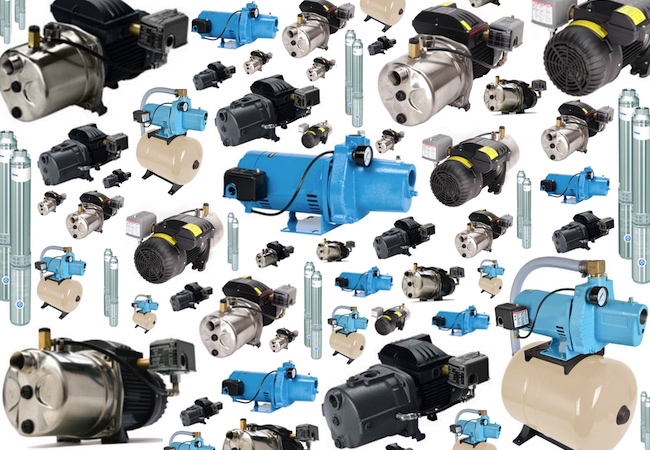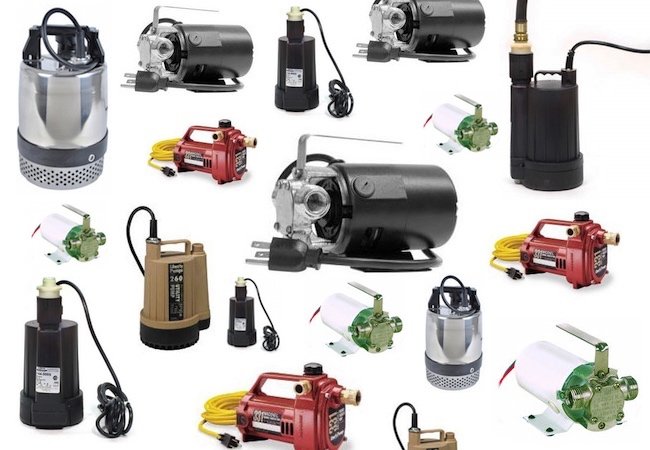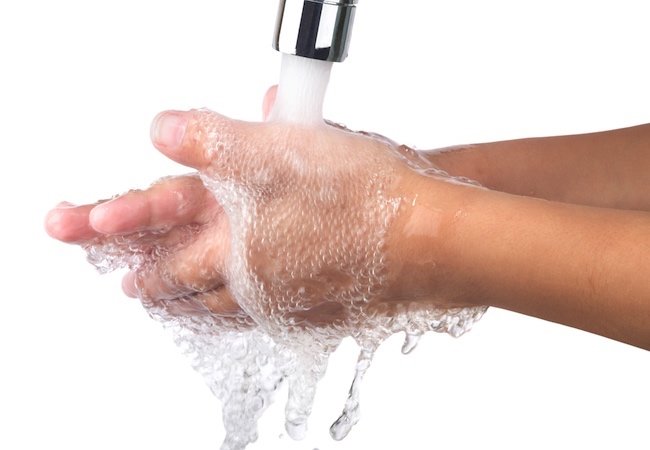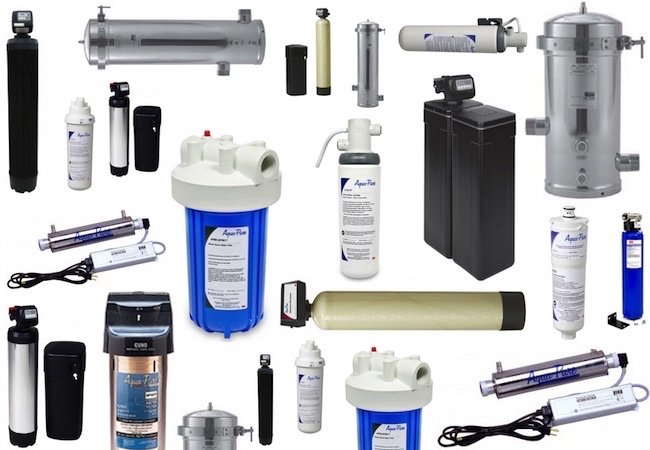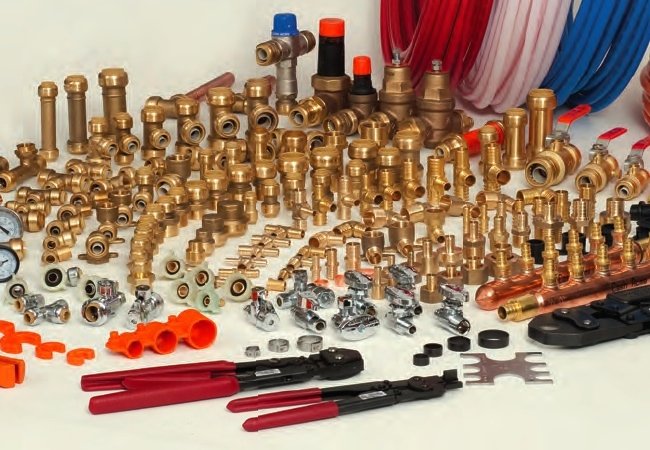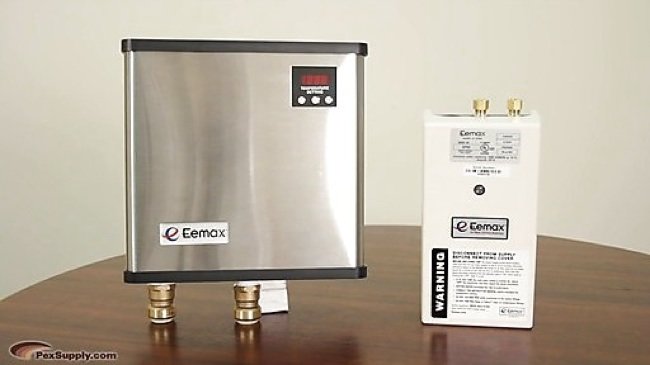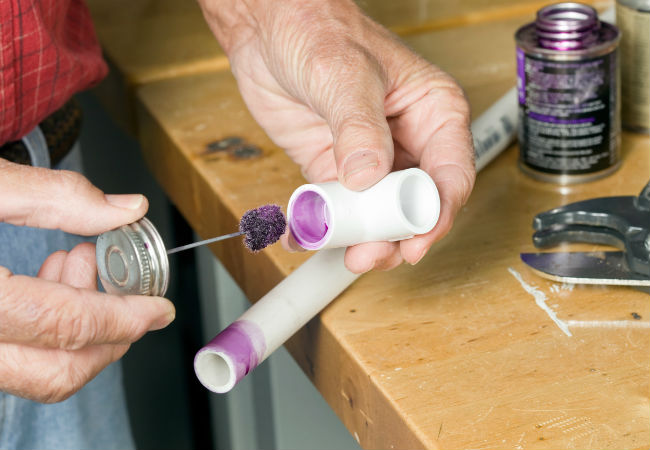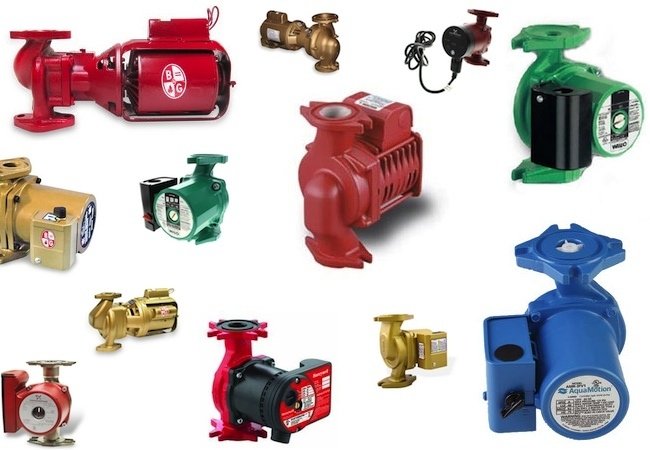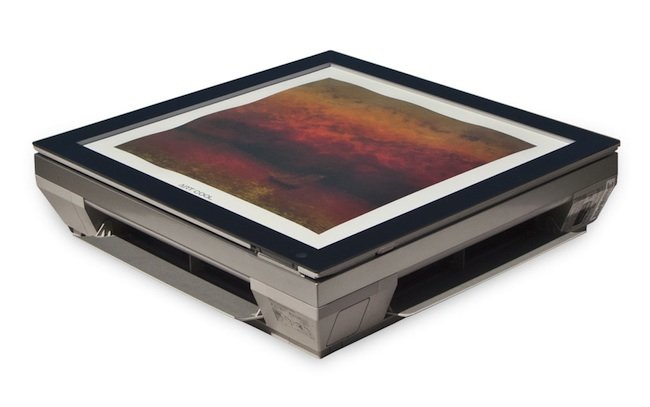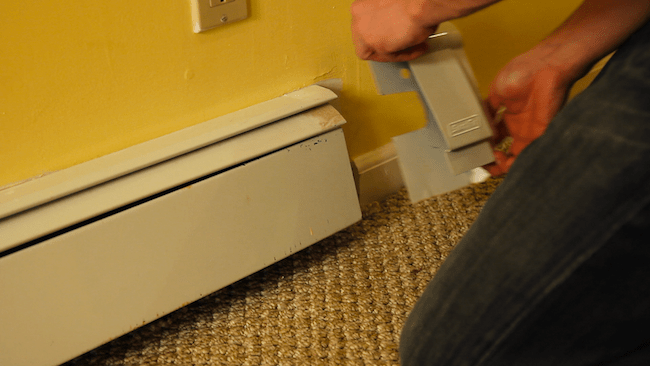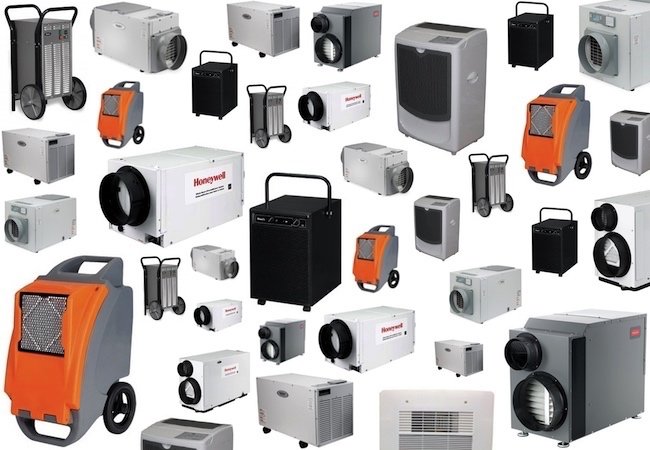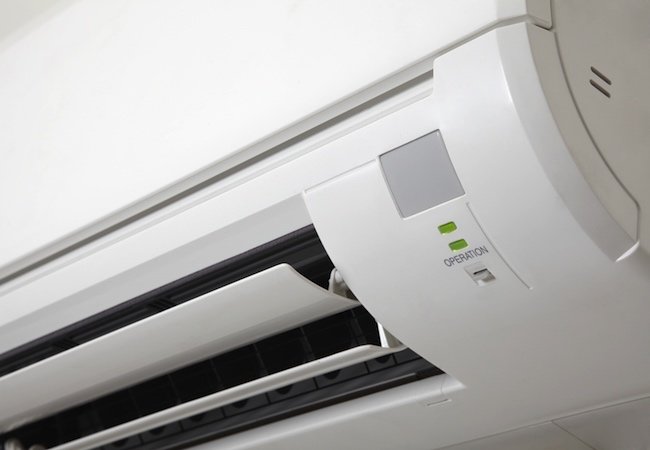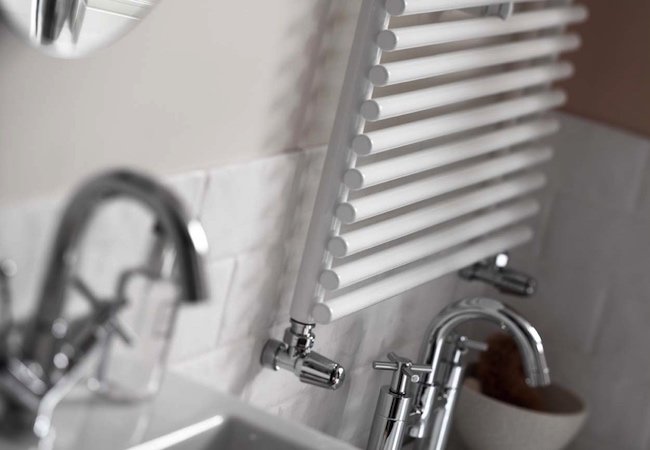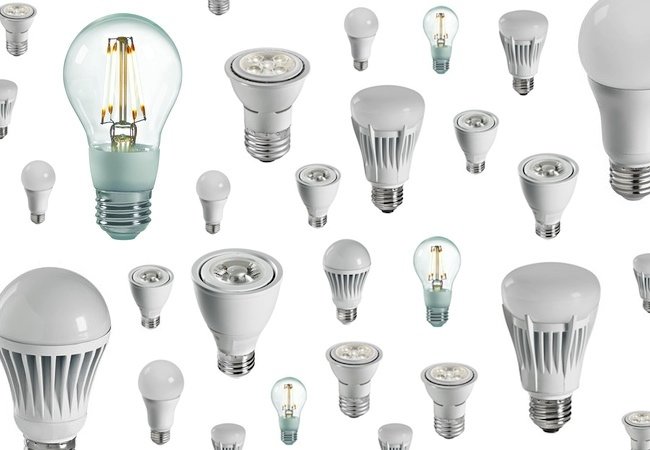We may earn revenue from the products available on this page and participate in affiliate programs. Learn More ›
In cities and suburbs, folks enjoy virtually uninterrupted access to clean, potable water. But if you live in one of the 15 million U.S. homes reliant on a well, you don’t have the luxury of taking your water supply for granted. In areas with municipal water, the local government takes responsibility for regulating and maintaining service. If something goes wrong—say, if a water main ruptures—repair workers swiftly come to the rescue. But if your home draws its water from a private well and something goes wrong—if the well isn’t providing enough water, or any water, for that matter—then it’s your problem, and yours alone.
Fortunately, solutions rarely require messy, expensive digging. Most of the time, for the most common issues—pulsing, sputtering water flow or no flow whatsoever—the problem lies not with the well itself, but with the pump that brings well water into the home. A technician may be able to return an on-the-fritz well pump to working order, often by fixing or replacing parts. But according to Daniel O’Brian, a technical specialist with SupplyHouse.com, “It’s not unusual for pros to suggest installing a brand-new pump.” Hardworking, heavy-duty well pumps do last a long time (10 to 25 years), but they don’t last forever.
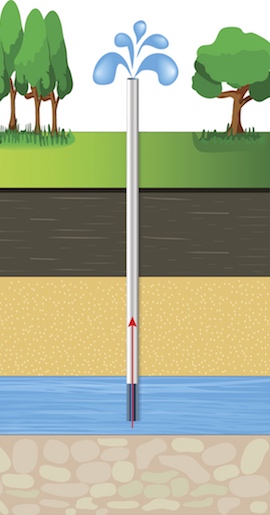
Time for you to get a new one? Read on to learn the key points involved in choosing an appropriate replacement.
Well Depth
There are three main types of wells. A “dug” well—typically created by a backhoe and lined with stone, brick, or tile—extends down 30 feet or less. A “driven” well goes a little deeper, to a maximum depth of about 50 feet. The deepest of all are “drilled” wells, which bore hundreds of feet below ground. Which type do you have? “It doesn’t really matter,” O’Brian explains. “When choosing a pump, how the well was constructed doesn’t really factor into the equation,” he continues. What matters is its depth. For any well less than 30 feet deep, choose a shallow well pump. Otherwise, opt for a deep well pump. “Not too complicated,” O’Brian concludes.
Types of Well Pumps
From there, however, the process of pump selection gets a little more involved. According to O’Brian, “The confusing thing is that two pumps designed for wells of similar depth don’t necessarily work the exact same way.” While they may have much in common, different well pumps are installed differently and transmit water in different ways.
CENTRIFUGAL PUMPS
Centrifugal pumps operate by generating suction through the rotation of an internal fan. “These are standard, workhorse pumps,” O’Brian says, pointing out that “they usually cost less than other types.” One important detail is that centrifugal pumps install in a mechanical housing adjacent to the well, not within the well. That makes future maintenance more convenient. But, O’Brian notes, “The catch here is that centrifugal pumps don’t generate enough suction to be viable in the context of a deep well.” So, consider a centrifugal pump only if your well measures less than 25 feet deep.
SUBMERSIBLE PUMPS
Submersible pumps reign as perhaps the most popular type, partly due to their versatility. “You can use a submersible pump in virtually any well, shallow or deep,” O’Brian says. True to their name, submersible pumps install underwater, deep within the well. Watertight and long-lived, submersible pumps rarely require repair, but if the unit ever needs a little TLC, it must first be fished out of the well and brought up to surface level. “That’s no problem for a trained and licensed pro,” O’Brian explains, “but obviously the added labor usually comes along with added repair costs.”
JET PUMPS
Jet pumps are the most sophisticated, and the most powerful, capable of delivering more water, more quickly, than other pump types. Plus, like submersible pumps, the jet variety may be considered for a well of any depth. Installation varies according to whether it’s a “single-drop” or “double-drop” model. The former (best for shallow wells) installs inside, either in the home or an outbuilding. The latter (best for deep wells) calls for a split installation; while the jet assembly goes in the well, the motor remains above ground. Though more expensive than submersible pumps, O’Brian says that of the two, “jet pumps are often cheaper to service long term.”
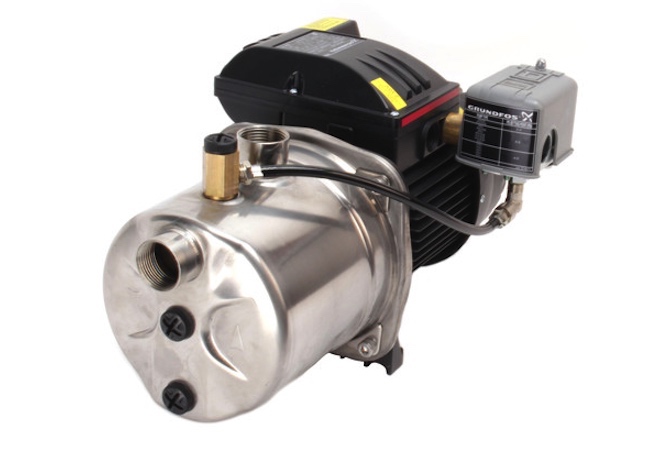
Well Pump Sizing
No matter which type you choose, bear in mind that before making a purchase, it’s essential to make sure that a given well pump will be able to satisfy your family’s daily water needs. In other words, the pump must be able to deliver as many gallons per minute (GPM) as your household consumes during peak periods—mornings when more than one shower runs simultaneously, for example. There’s no single, set-in-stone right answer, but according to O’Brian, “Well pumps with flow rates between 6 and 12 gallons per minute are generally considered appropriate for most single-family homes.”
A second, equally important sizing consideration: water pressure, measured in pounds per square inch (PSI). “A standard 1/2-horsepower well pump provides adequate pressure in many residential settings,” O’Brian says, “but it’s a mistake just to assume that that’s all you need.” Instead, O’Brian recommends carefully surveying the PSI requirements of each and every water-using appliance and system in and around your home. “Dishwashers and washing machines typically demand 10 PSI, but for something like sprinkler irrigation, you may need twice as much.” The best course? “Seek advice from an expert familiar with your individual home and habits.”
Given that it’s a pivotal component of a major household system, you might expect replacing a well pump to cost a small fortune. Good news: While professional installation certainly adds to the total project cost, the pump itself isn’t likely to set you back more than $1,000. In fact, many of the most popular and commonly used models retail in the $300 to $500 range. Don’t know where to begin? SupplyHouse.com carries a wide selection from the top manufacturers in the category, and its customer service experts are always on hand to help you shop. Above all, remember that, as O’Brian puts it, “Water when you want it is important, so be sure to get the right pump for the job!”
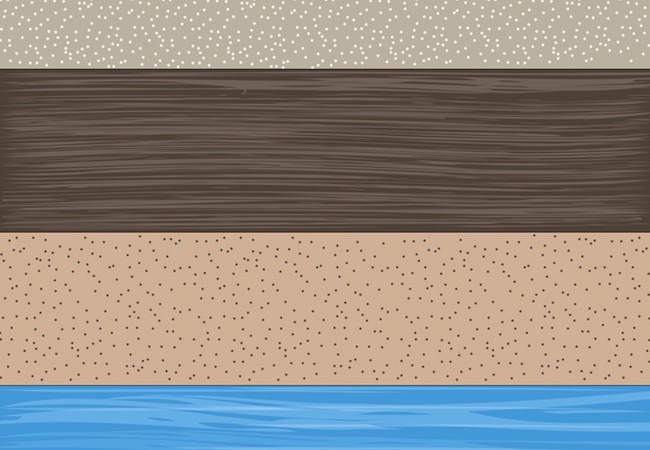
This article has been brought to you by SupplyHouse.com. Its facts and opinions are those of BobVila.com.

